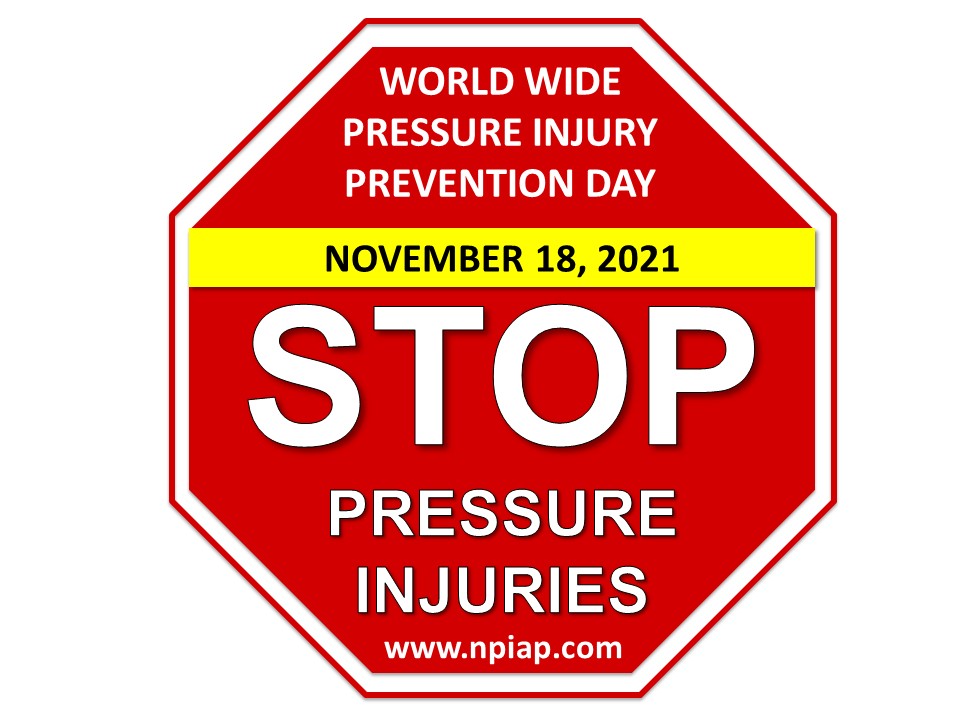
The annual Worldwide Pressure Injury Prevention Day is just around the corner on November 18, 2021. Let’s not forget that perioperative pressure Injury prevention strategies decrease overall hospital acquired pressure injuries (HAPIs) in the non-reimbursable CMS “never event” category. Awareness around perioperative pressure injuries and the focus on patient risk identification, including environmental and extrinsic risk factors, is gaining traction within the surgical and medical device community. As a result, skin injury prevention bundles, hospital policies, and safety strategies are being researched and recommended throughout the healthcare industry.
Unfortunately, pressure injuries still negatively affect patients by increasing infections, extending hospital stays and contributing to emotional suffering.What’s more, the negative impact of PI does not end with the patient. Hospital systems often become responsible for costly non-reimbursable services related to the PI treatment ranging between $14,000 and $40,000 per patient.
The average estimated cost of PI to the healthcare industry is $750 million to $1.5 billion per year. Research suggests that surgery-related pressure injuries may account for 45% of all HAPIs and the highest incidence reported is 54.8%. With the average length of surgery lasting at least three hours, the likelihood of a PI forming also increases by 8.5%.
So why are surgery-related PIs so common? The perioperative/procedural environment exposes the patient to a unique set of extrinsic risk factors that can play a direct role in forming a pressure/skin injury.
- Type of anesthesia
- Room temperature
- Patient’s position on the operating table
- Table surface
- Devices used
- Shear
- Moisture
- Length of surgery
A 2009 article by Walton-Geer in the AORN Journal reviewed current research on pressure injuries. It stressed the importance of extrinsic (procedure-related) factors that can increase the risk for positioning injury and stressed the importance of preoperative assessment to plan ahead for the use of pressure redistribution support surfaces. Risk identification is the key to decrease incidence of pressure injury in your operating room. Ensure the risk assessment tool your facility is using is a validated tool.
Several assessment tools have been developed to predetermine a patient’s risk for positioning injury. The Braden Scale, Munro Pressure Risk assessment tool and the Scott Triggers tool address pressure injury risk. While the Braden Scale is a validated tool for assessing pressure injury risk for the inpatient population, it is not a validated tool for the perioperative patient. Both the Munro Scale and Scott Triggers Tools were developed specifically for use in assessing risk of pressure injury for the perioperative patient.
Risk must be identified to implement evidence-based practice interventions which may include, gel pads instead of pillows for positioning aids, the use of 5-layer silicone dressings on boney prominences and intraoperative micro-movements for micro-offloading purposes.
In the spirit of pressure injury prevention, celebrate your improved patient outcomes and revisit your evidence-based perioperative pressure injury bundle to ensure that it continues to improve your entire perioperative patient population outcomes.
For additional information on World-Wide Pressure Injury Prevention Day, please visit the NPIAP website: https://npiap.com/page/2021WWPIPD

